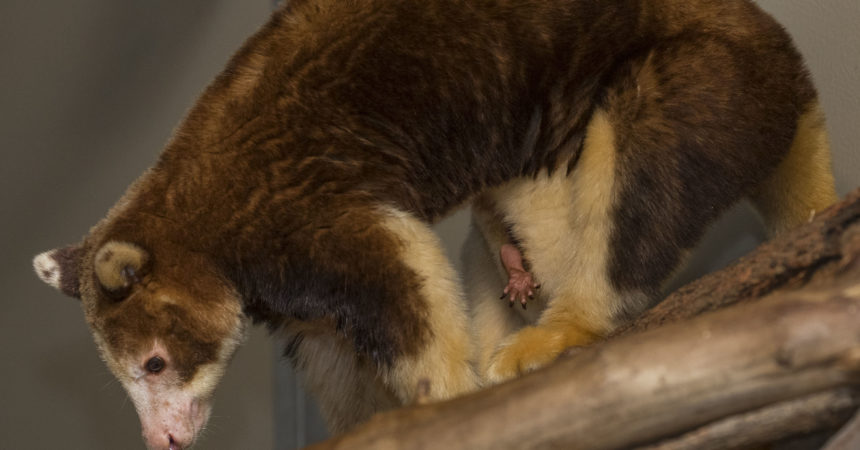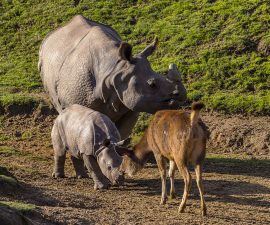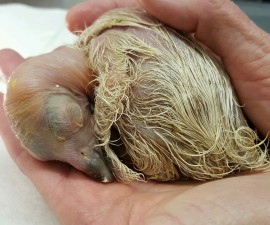The Safari Park is now home to three endangered Matschie’s tree kangaroos Dendrolagus matschiei, a species that’s native to the mountains of the Huon Peninsula in Papua New Guinea. The family includes Spike (the father—called a sire), Polly (the mother—called a dam), and a new joey that has recently started peeking out of Polly’s pouch. The birth is a welcome addition for this endangered species!
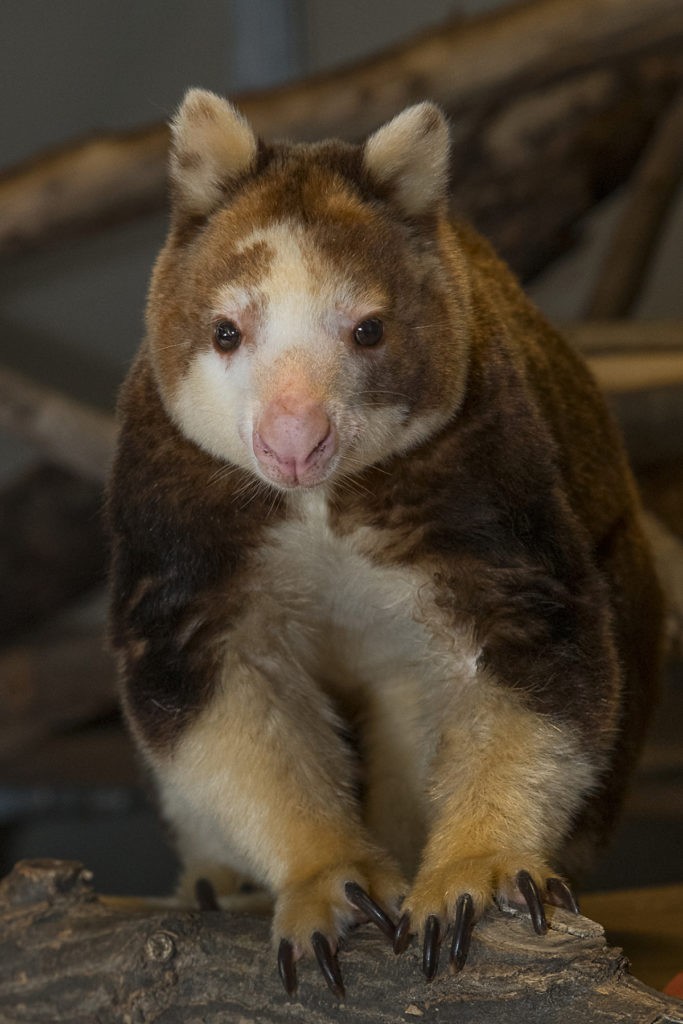
Like other marsupials, this tree kangaroo joey began its life by climbing into mom’s pouch and sealing its mouth around one of her teats. But though this happened sometime at the end of March, a joey’s official “birthday” isn’t until the day it pokes its head out of mom’s pouch for the first time. New joeys nurse more or less continuously for weeks, and we don’t see an external sign of them until they get a little bigger. But luckily for us, early in the this joey’s development, Polly allowed keepers to peek into her pouch and take photos! Here’s what we’ve been seeing:
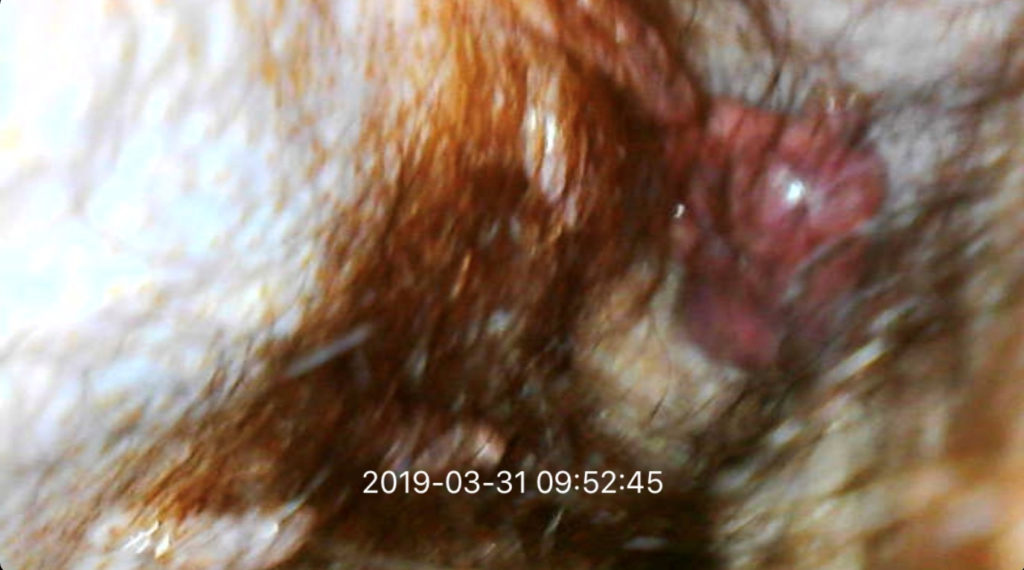
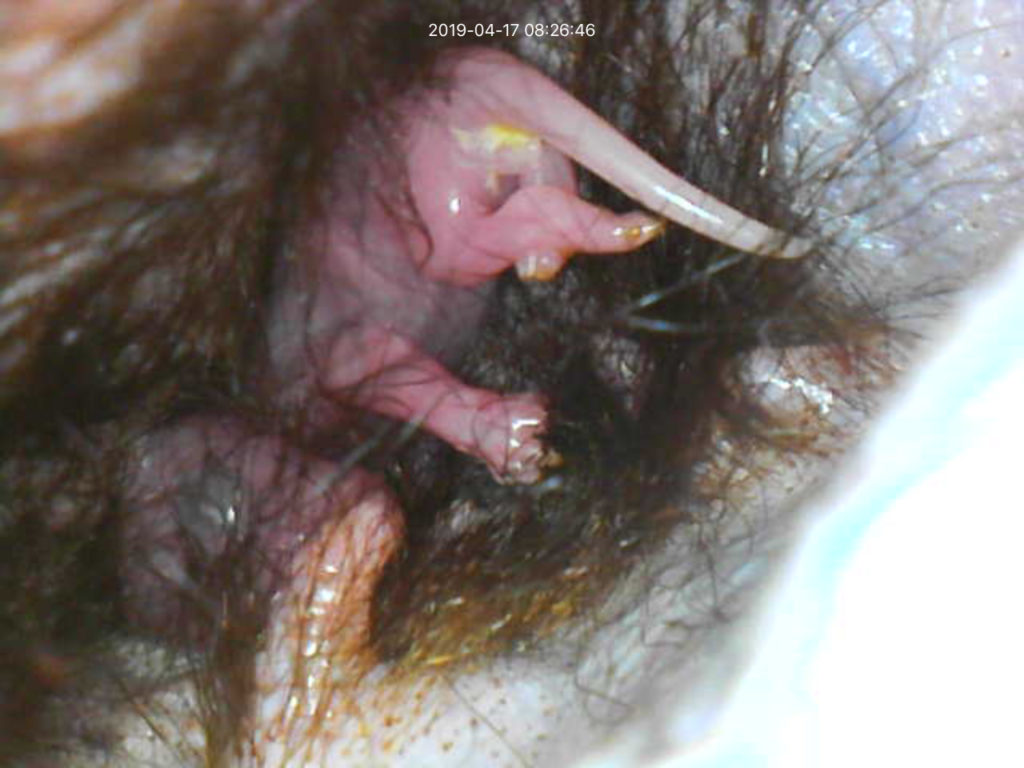
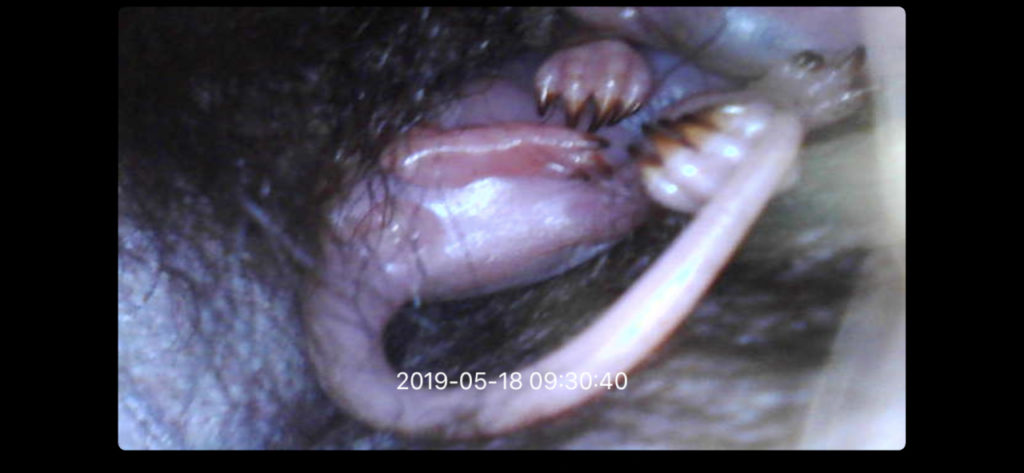
By 15 weeks, we started seeing the joey’s tail hang out of the pouch for brief moments—especially when Polly was cleaning her pouch. The joey grows quickly at this point in its development, and even when its body parts aren’t out, we can externally see movement in the pouch.
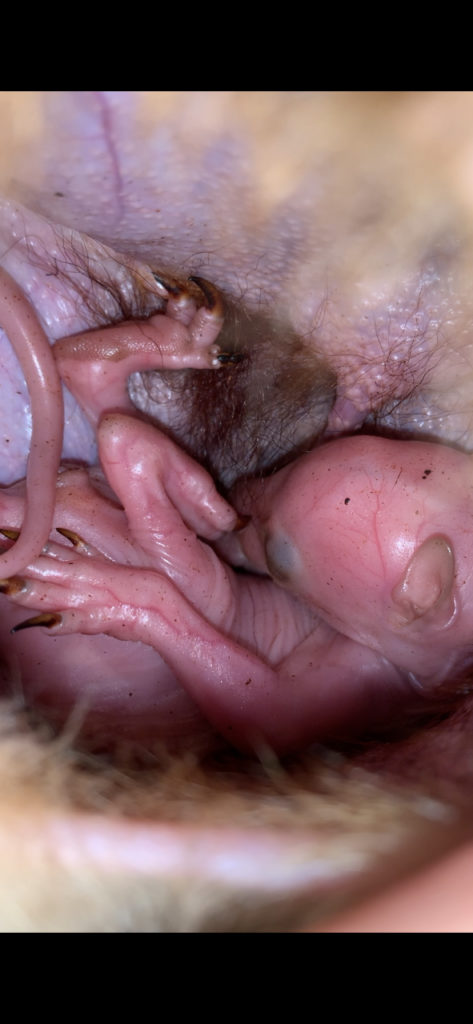
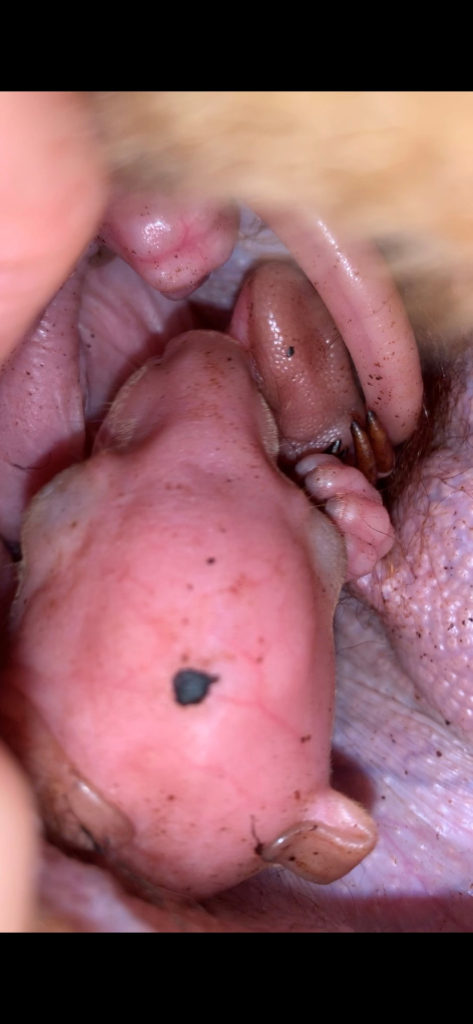
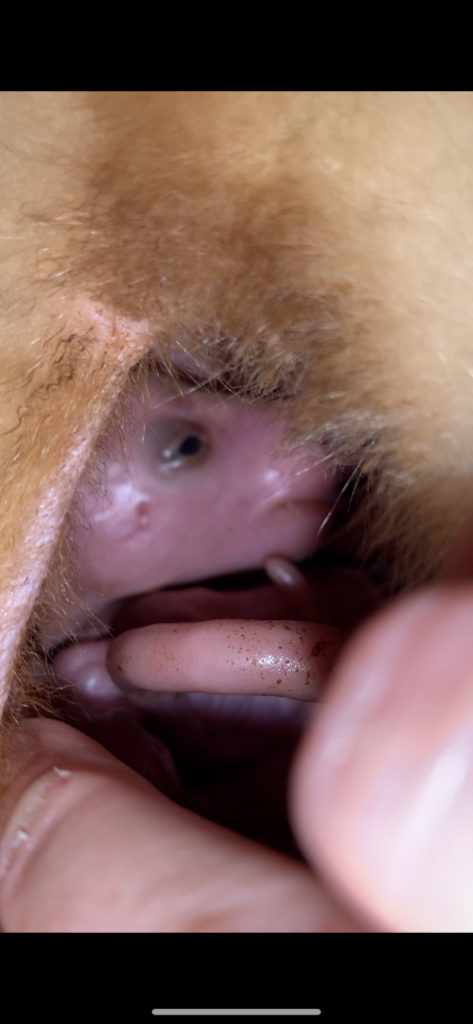

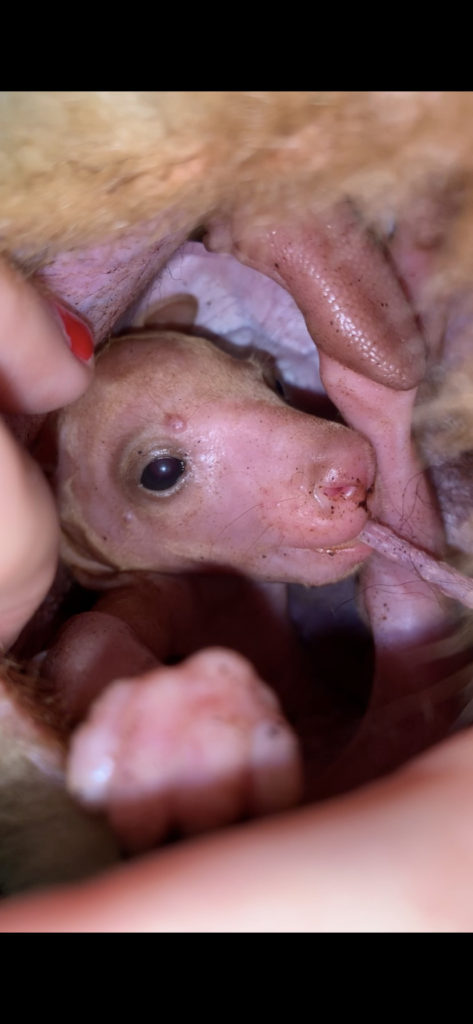
Based on data and joey milestones recorded at other facilities, we expect to see the joey start poking its nose out of mom’s pouch at about week 22 to 25—you can bet we’re watching closely for the exciting moment! Its whole head should be popping out more at around 25 to 26 weeks. That means that by mid-September, we should be getting peeks of the joey regularly. Sometime in October we expect to see the joey out of the pouch and moving around on its own.
The Matschie’s tree kangaroo population in North American zoos is managed by an Association of Zoos and Aquariums’ (AZA) Species Survival Plan (SSP), with the goal of breeding these marsupials and working toward population stability. Another goal of the SSP is to conserve wild populations of this species; unfortunately, in its native Huon Peninsula of Papua New Guinea, the Matschie’s tree kangaroo faces some serious threats. As human population rapidly expands, native wildlife is losing vital habitat due to human land use. In addition, some people hunt tree kangaroos for food. Prolonged drought has led to forest fires—something that is likely to increase due to a changing global climate. To help Matschie’s tree kangaroos in the wild, San Diego Zoo Global supports the Tree Kangaroo Conservation Program (TKCP), which is the designated field program for the Matschie’s tree kangaroo SSP.
Breanne Barney is a keeper at the San Diego Zoo Safari Park.

